The city is still surrounded by city walls and moats. With "Google Earth" (or on a simple city map) you can see very clearly how the city has maintained its medieval orientation. The cross gate has survived all stormy times.
Liebfrauenmünster / Cathedral of Our Lady
Officially the church is called "Zur Schönen Unserer Lieben Frau" (To the Beautiful Our Lady). It was donated in 1425 by the Wittelsbach Duke Ludwig the Bearded. It took about 100 years until the construction of this magnificent late gothic hall church with its slanted towers was completed.
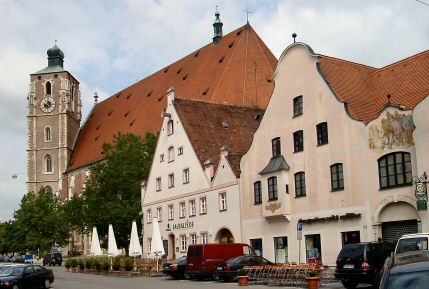
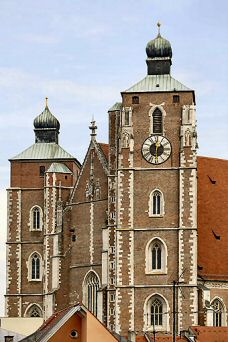

The high altar
The colourful high altar was erected in 1572 on the occasion of the 100th anniversary of Ingolstadt University by order of the Bavarian Duke Albrecht V. The overall design corresponds to the spirit of the Counter-Reformation and was created by Hans Mielich. It is a change altar with double side wings, which shows only the pictures that just match the church year and therefore contains a large number of pictures.
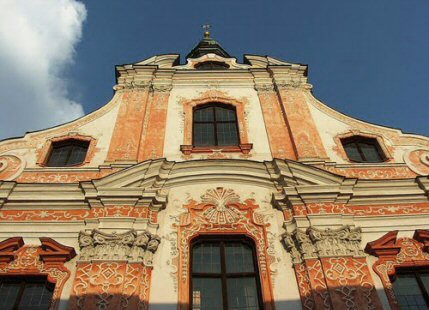
In the Neubaustrasse (old town) there is a hidden baroque jewel to discover: The Asam Church Maria de Victoria.
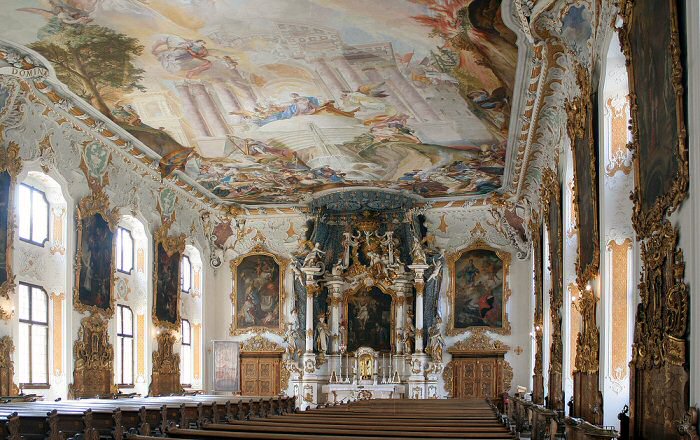
Interior view of the baroque Asamkirche in Ingolstadt
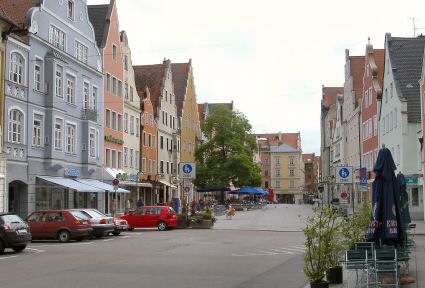
From the cathedral through the pedestrian zone to the New castle.
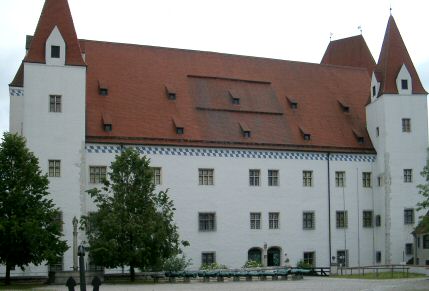
New castle
In 1418, Ludwig der Gebartete laid the foundation stone for the Neue Veste, in the centre of which the New Palace rose. Today, 17 richly decorated cannons in the castle courtyard show the dimensions of the former arsenal. Two of the oldest of these exhibits of the Bavarian Army Museum are a pair: the double cartaunas from the years 1524/25 called "Scherer" and "Schererin". "He" weighs 9,690, "she" 9,395 pounds.
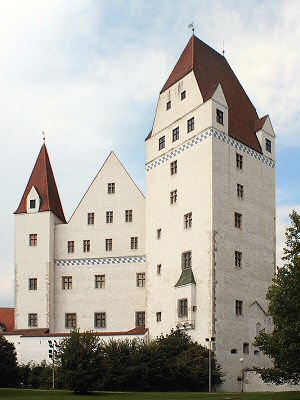
The new castle seen from the Danube bank.


Danube cycle path
